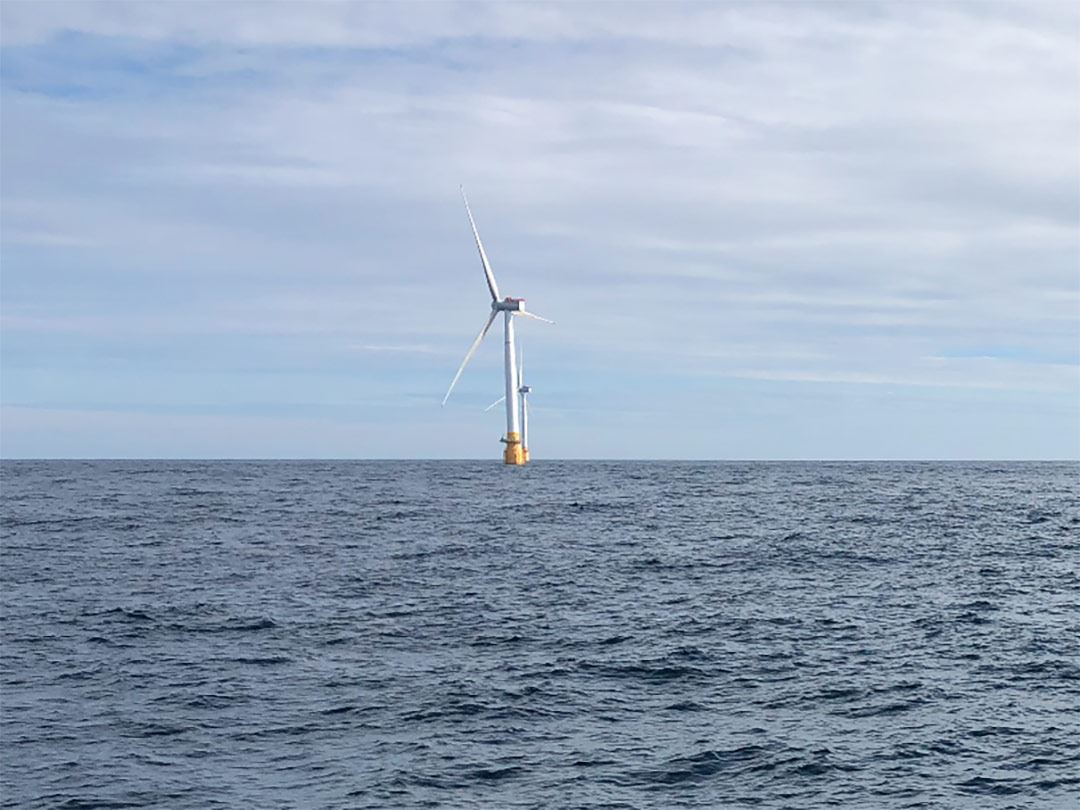Through the newly started Horizon Europe project ‘Tailwind’, SINTEF will help develop new anchor line solutions for offshore wind turbines.
Not only must the anchor line be strong, durable and functional, it must also be sustainable. The plan is to use synthetic materials, such as nylon, polyester, aramid or HMPE. This will hopefully cut costs and ensure functionality. But what about chemical and microplastic emissions and their potential environmental impacts?
This is where the interdisciplinary nature of SINTEF comes into play. While one SINTEF department looks at material function and costs, another department looks at the release of microplastics and biological effects. The project will also assess how much material is needed, where it will come from, and the possibility of recycling afterwards.
“We are very happy to be part of this project with leading European organizations. This project will develop new solutions to reduce costs in the mooring systems for floating offshore wind turbines, and will do so by developing sustainable solutions,” says Maxime Thys, Research Manager, SINTEF Ocean.
“SINTEF Ocean will contribute to this project with a wide range of cutting-edge competences from engineering, biology and material flow analysis.”
The Tailwind project, which will run over a four-year period, will contribute to the goals set by the "REPowerEU" plan to make the EU independent from fossil energy from Russia, and the "Fit for 55" package, which aims to cut greenhouse gas emissions by 55% by 2030 and get the EU climate neutral by 2050.
The TAILWIND consortium is composed by NGI - Norwegian Geotechnical Institute (Norway), TU Delft - Geotechnical Engineering Section (Netherlands), Danmarks Tekniske Universitet (Denmark), SINTEF Ocean AS (Norway), Fundación Tecnalia Research & Innovation (Spain), Nautilus Floating Solutions (Spain), Bekaert Wire Rope Industry NV (Belgium), Subsea 7 Norway AS (Norway), Fondazione ICONS (Italy), Clarke Modet Y Compania S.L. (Spain), NKT Cables Group A/S (Denmark), Bridon International LTD (UK), University of Southampton (UK).


